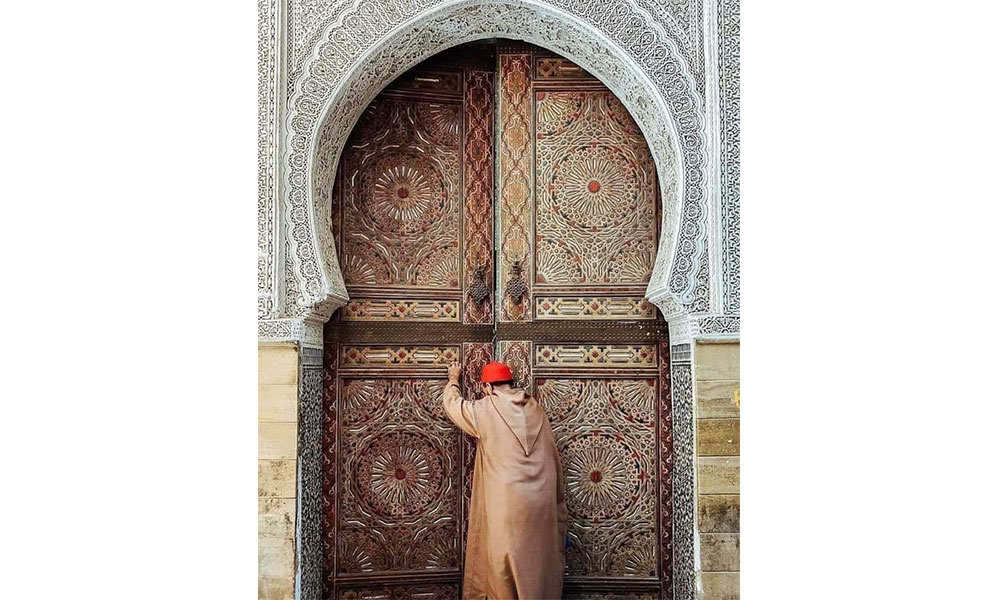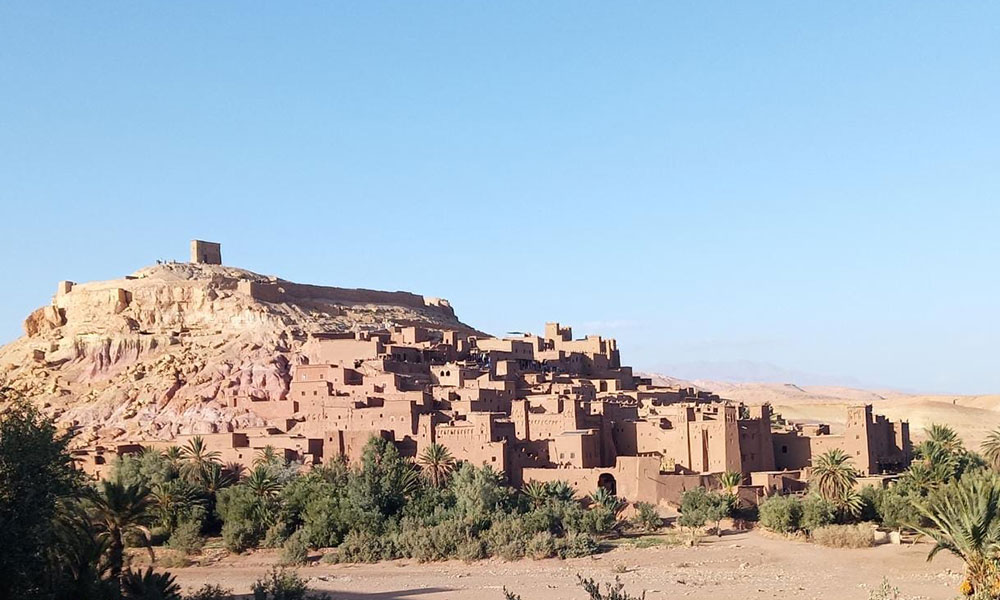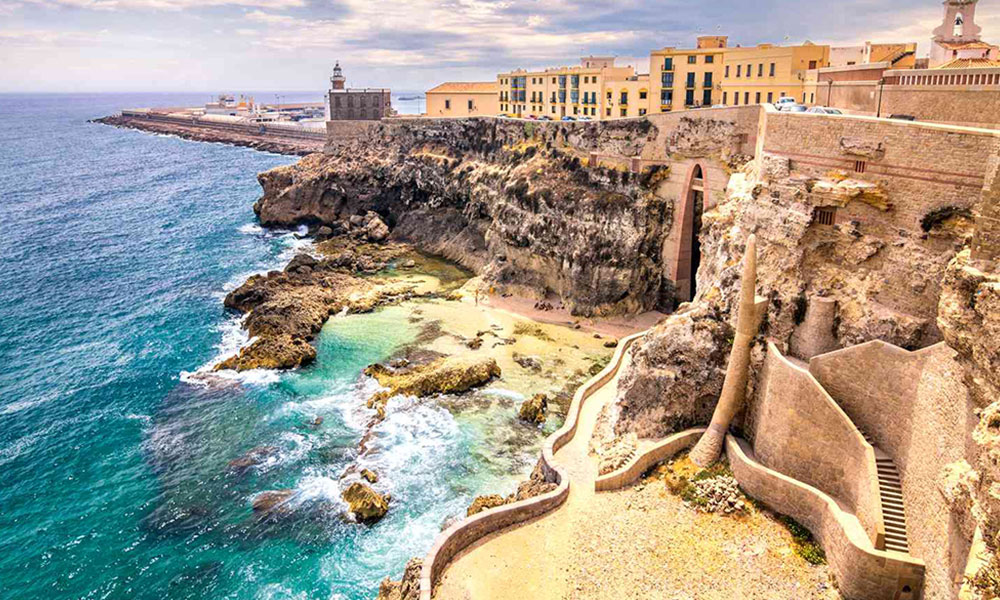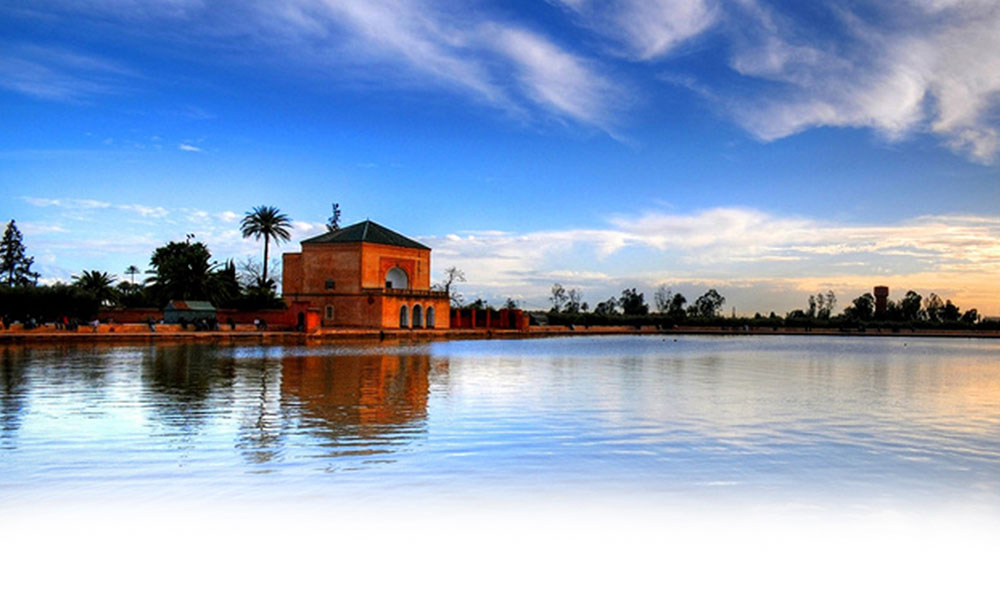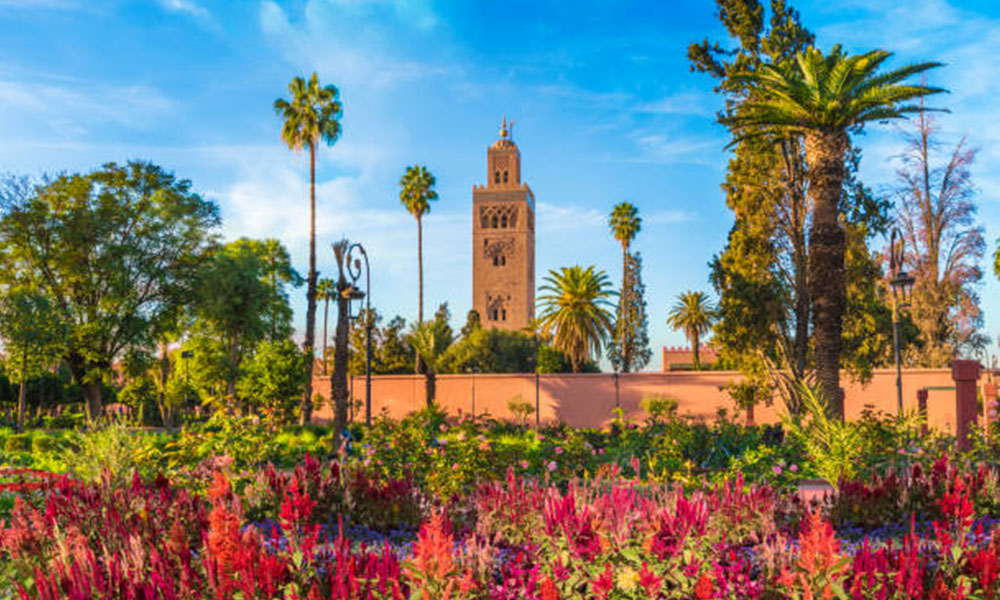Fez, the second largest city in Morocco, located in the north of the country, was founded between the eighth and ninth centuries during the reign of the Idrisid dynasty and has maintained its historical charm over the centuries, being considered one of the most important cities of Islamic civilisation, as evidenced by many of the most prestigious religious buildings and monuments.
It is also home to the world's first universities, Al Quaraouiyine University, a centuries-old centre of science and technology. The heart of Fès is its labyrinthine city, where you will be amazed by its narrow streets and the use of animals such as donkeys and horses to transport goods instead of cars. It is the largest car-free conurbation in the world.Known as the crafts capital of Morocco, Fez is an important centre for trade and production. Its geographical location makes it an essential stop on your journey through Morocco.
What to see in Fez
A trip to Fès is not complete without a visit to its buildings and monuments. First of all, the royal palace in Dar el Makhzen is considered a colossal achievement of Islamic architecture, with its golden doors always glistening in the sun. The palace is still inhabited by the High Sultan and the entrance gates are impressive, but the palace is not open to the public. The Bou Inania madrasa, with its distinctive Islamic architecture, is the best sanctuary for non-Muslims. It is a 14th century religious school with a courtyard decorated with beautiful Islamic patterns on the walls and bas-reliefs with traditional geometric patterns.Another great example of traditional architecture is the Bab Boujloud gate, through which most visitors to Fès enter the city. To discover the city and understand its history and people, it is necessary to stroll through the winding streets of the city and its markets.
